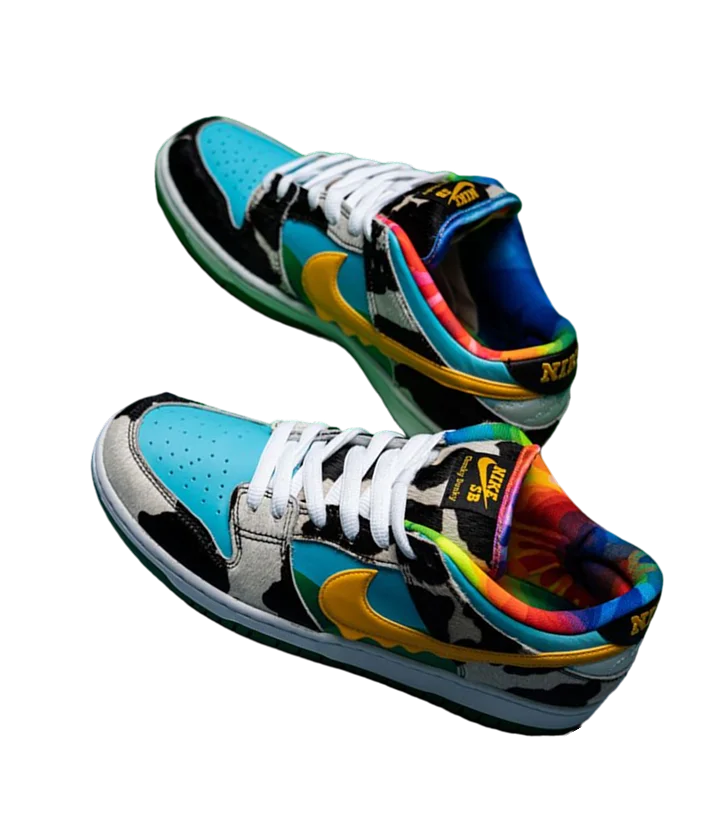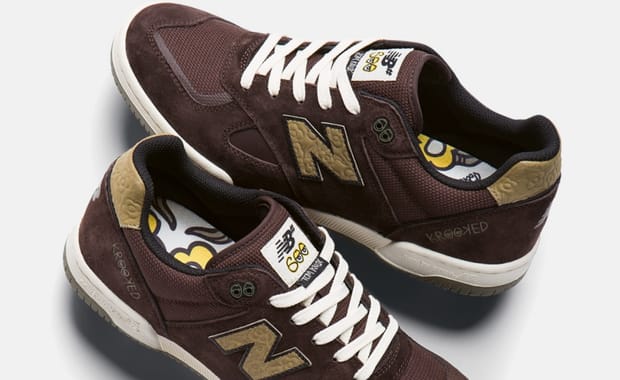Inside the Design of the New Balance ABZORB 2000
Published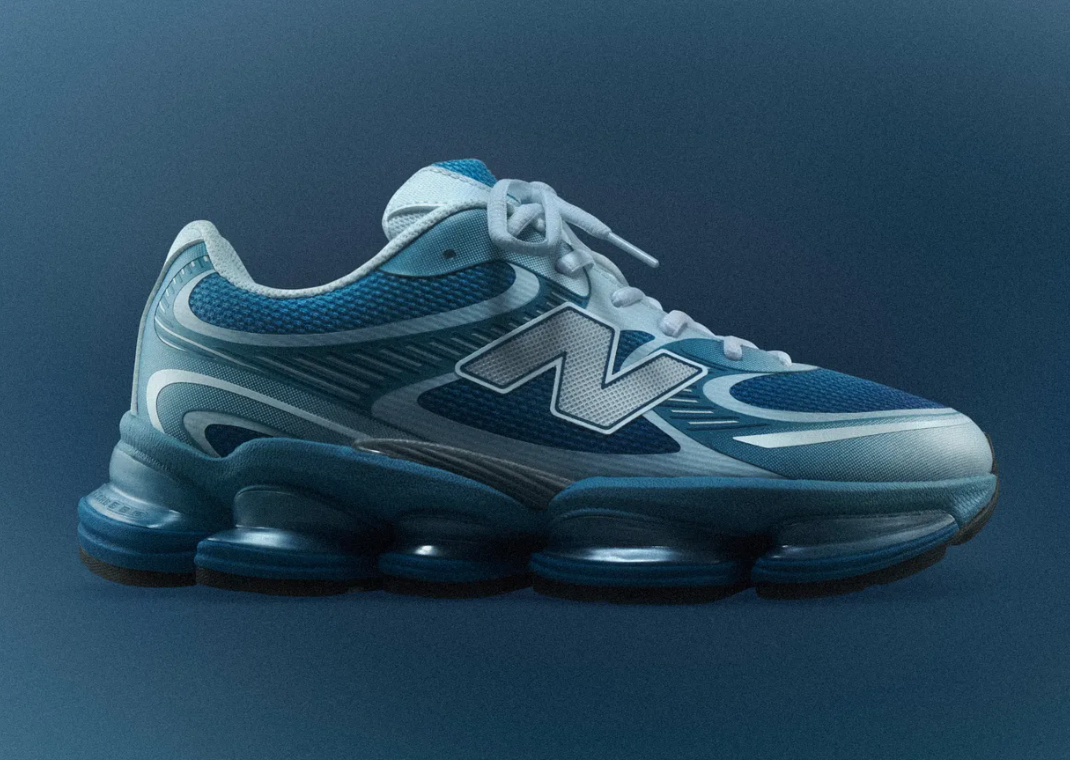
New Balance is in the midst of a defining era for the century-plus-old label. After years of being known primarily for heritage runners and “dad shoes,” the brand has successfully expanded its reach by embracing experimentation and collaborations across categories. Rather than relying solely on classics like the 99X series or modern hits like 2002R to carry momentum, the brand has begun to explore design languages we typically don’t associate with New Balance.
Models like the WRPD Runner, FuelCell SuperComp line, and Tokyo Design Studio-led projects have signaled a shift, one where bold concepts and progressive form factors are just as essential to New Balance’s identity as its heritage.
Enter the New Balance ABZORB 2000. Positioned as a futuristic evolution of the brand’s early-2000s viz-tech runners, the silhouette imagines what might have been if the ABZORB SBS cushioning platform had never been paused. Paired with a screenprinted, no-sew mesh upper, the sneaker channels Y2K-era performance design with the tools and sophistication of today.
For those unfamiliar, ABZORB SBS combines the standard ABZORB foam, which debuted in 1993 on the New Balance 998 Made in USA, with an engineered non-cellular elastomer designed to provide optimal shock absorption and no compression set. In short, it adds extra durability to the foam without compromising comfort. You’ll find the tech in models like the 2002R, 1906R, and one of the brand’s latest sneakers, the ABZORB 2010.
Meet the Designer of the New Balance ABZORB 2000
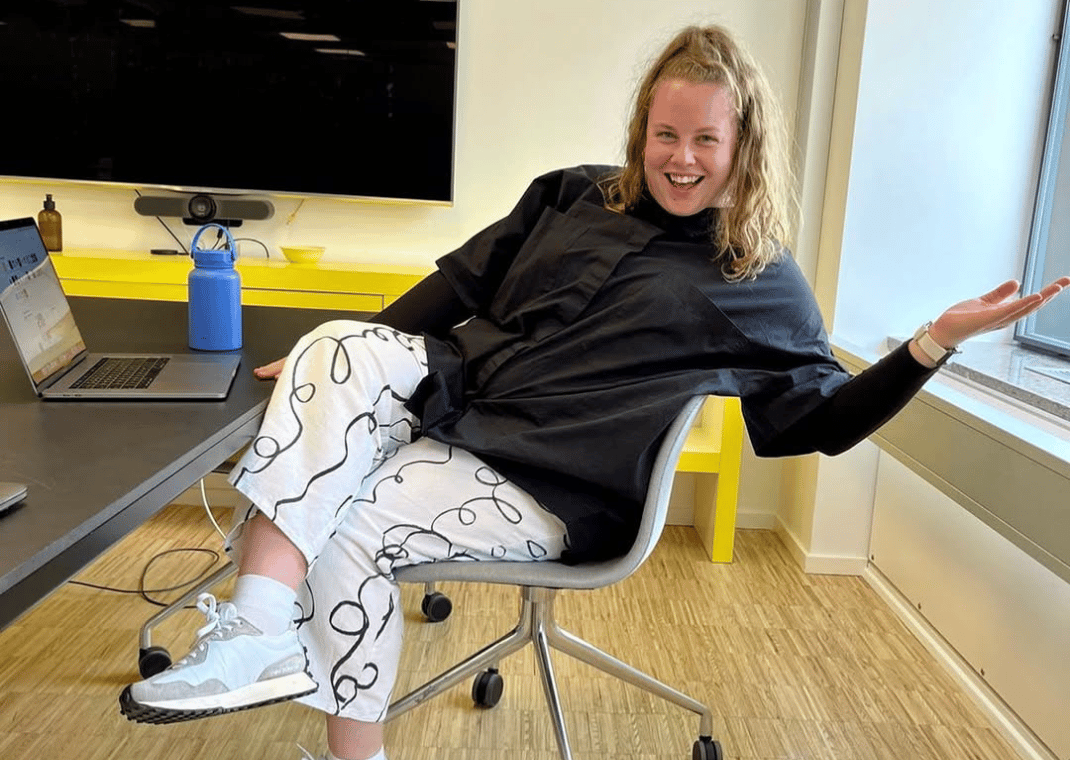
“What I wanted to do was continue where they left off in a way that they couldn’t manufacture back in the mid-2000s,” designer Charlotte Lee told Sole Retriever. “We wanted to make it feel contemporary—make it feel like it’s been pushed beyond what was possible back in the day.”
Lee, currently serving as Design Manager for EMEA Speed & Energy, has played a central role in New Balance’s recent design evolution. Over the past decade, she’s risen from intern to lead designer behind some of the brand’s most creatively daring products—including the 327, the XC-72, the WRPD Runner, and most recently, the genre-defying and viral 1906L sneaker-loafer, which fused traditional dress footwear with tech-runner DNA.

While the 1906L came together quickly—“a lightning bolt” of an idea, as Lee put it—the ABZORB 2000 was a far more deliberate undertaking. The 18-month process relied heavily on 3D modeling and virtual reality software to sculpt the sole unit and refine every surface. The result is a bold reimagining of performance tech that’s less about nostalgia and more about possibility—what the future could have looked like if New Balance had never hit pause on ABZORB SBS.
Design Process For the New Balance ABZORB 2000
“We were just looking at how we continue to diversify our portfolio as a brand,” Lee explained when discussing how the creation of the 2000 came about. “It was really open-ended. There was no conversation around ABZORB at first.” But after rounds of internal ideation and discussions with Lani Perry, Senior Global Product Manager of Lifestyle Footwear at New Balance, it became clear that ABZORB SBS deserved another chapter—one not limited by the tooling or material constraints of its original era.
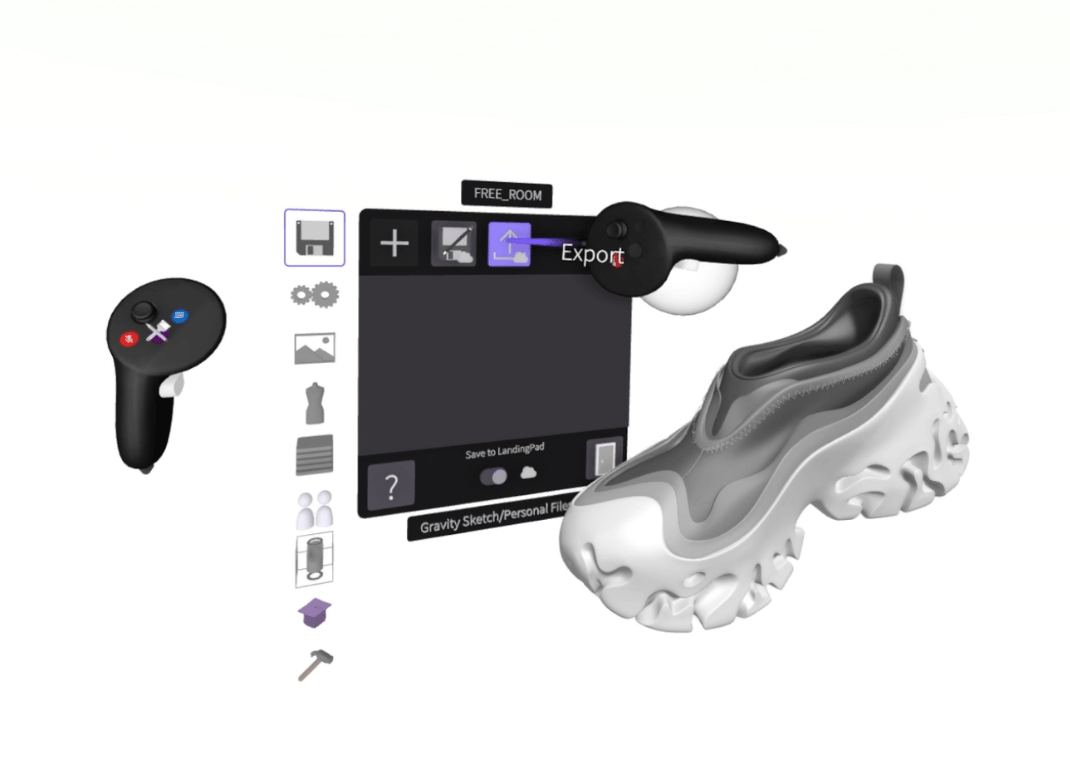
Image via Gravity Sketch
Instead of traditional sketching, Lee built the ABZORB 2000 entirely in virtual reality using a program called Gravity Sketch, marking her first time designing a full shoe in VR. “I’m a very 3D-oriented person,” she said. “Pencil sketching isn’t my strongest suit… but my brain can come up with these ideas that I need to articulate in 3D form.”
The shift to VR enabled Lee to dive deep into sculpting every surface of the shoe’s midsole, obsessing over curvature, proportion, and flow. “I was zooming in so much because I wanted no surface left untreated or unconsidered,” she said. The result is a sole unit that’s as technical as it is sculptural: a sweeping composition of convex and concave forms that look less like foam cushioning and more like a piece of biomorphic architecture.
Even with the freedom of VR, Lee was grounded by the realities of wearability and manufacturing. “You can get carried away in 3D,” she noted, “but you have to keep coming back to: is this wearable? Is it manufacturable?” That balance—between expressive design and technical feasibility—shaped the entire 18-month process, with countless 3D prints, upper explorations, and tweaks made in collaboration with development teams and factory partners across the globe.
Design Language and Y2K Influence
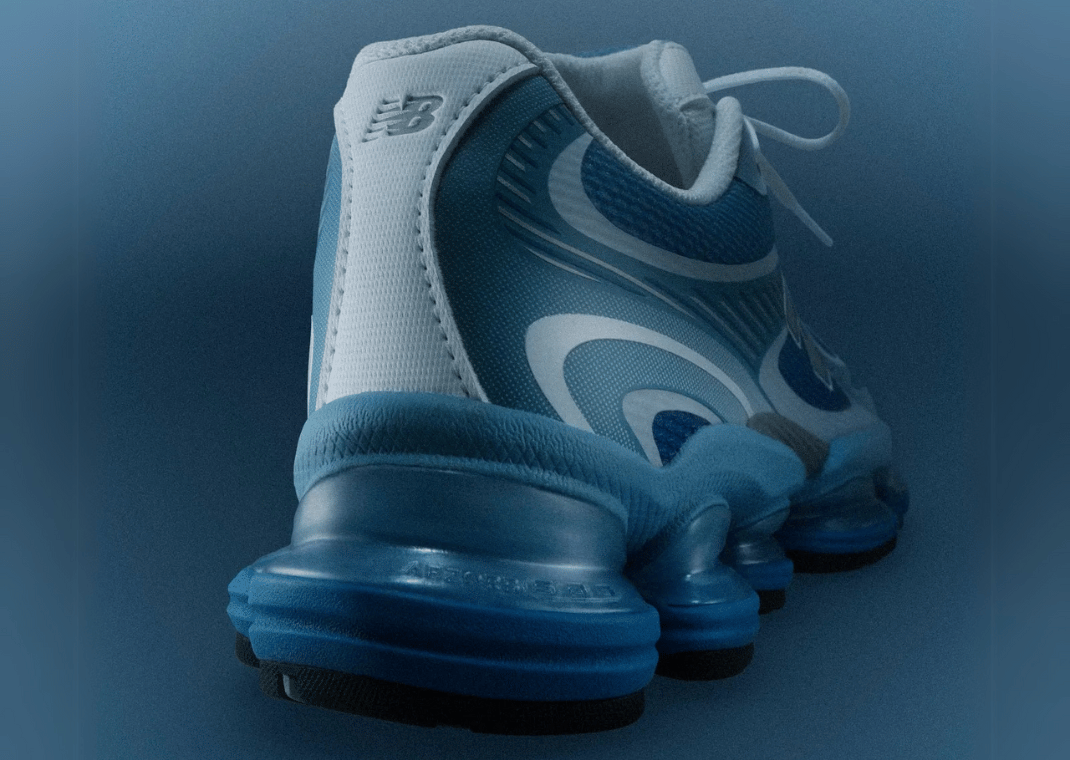
While rooted in the performance DNA of New Balance, the ABZORB 2000 isn’t tethered to the past. Its design cues are lifted from a particular moment in early-2000s consumer tech—an era when designers leaned heavily into glossy plastics, rounded silhouettes, and translucent materials to communicate futurism. “There was this ‘blobject’ kind of futurism on everything,” Lee said. “Semi-see-through transparent plastic products… everything felt more rounded, more expressive.”
That sentiment served as a north star. “I wanted it to feel like Y2K—not just in the way it looked, but in the sentiment,” she said. “Back then, no one really knew what the future looked like, so designers just went for it. That’s the energy I tried to capture.” Specifically, Lee mentions a frosted plastic Walkman she had as a child.

Image via Reddit
She approached the project through a series of layered mood boards, beginning not with product references, but with people. “I started with a consumer board. I wanted to understand how the shoe was going to be worn,” Lee explained. “That helped me understand the limits—how extreme or minimal it should be in shape and form.” From there, she pulled from both archival SBS silhouettes and broader Y2K cultural references.
That deliberate attention to form translated directly into how the 2000 moves in the real world. Whether viewed from above, the side, or the outsole, Lee ensured every angle had something to say. “If you’re looking at it with your legs crossed, or taking a toe-down picture—even the outsole view—I wanted someone to go, ‘Huh, they really took care on this one.’”
Designing Through Complexity
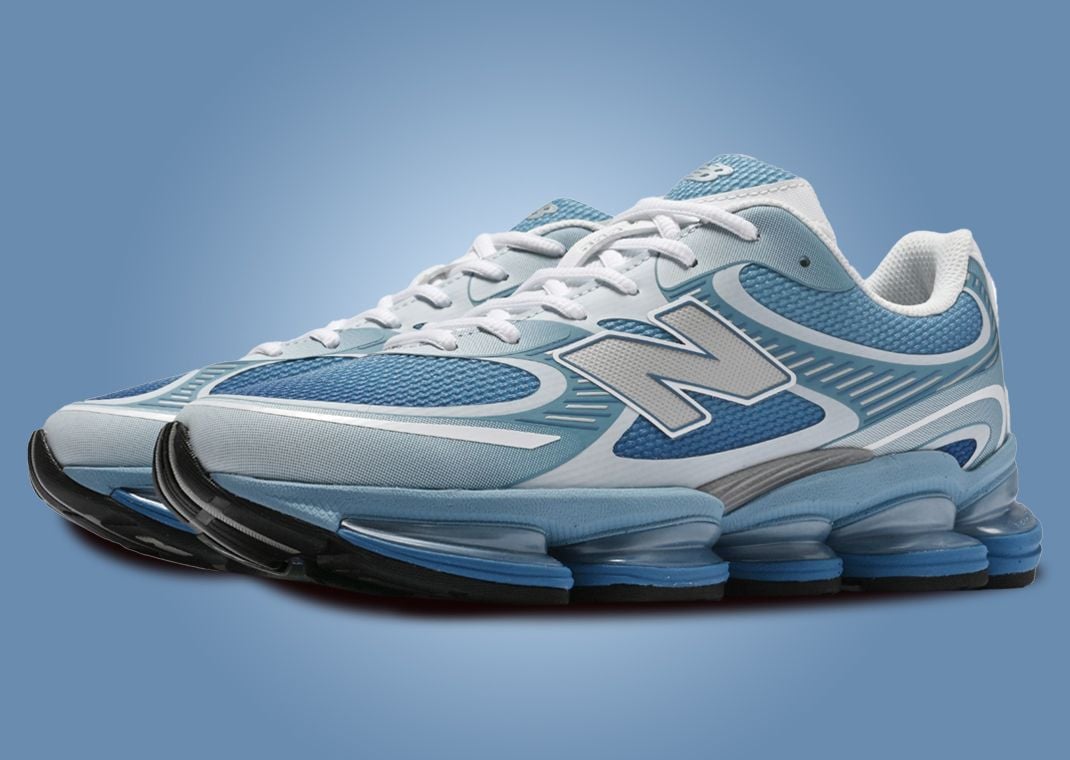
For a sneaker as visually complex as the ABZORB 2000, execution required far more than a compelling concept—it demanded constant iteration, material testing, and collaboration across New Balance’s global production network. “This was one of those projects where at every point there was a challenge,” Lee admitted. “You kind of have to be okay with that if you want to push boundaries.”
A typical lifestyle shoe at New Balance might go from concept to completion in about six months. The ABZORB 2000 took three times as long. That extended timeline allowed Lee and her team to remain in the 3D design phase for as long as possible before committing to molds or materials. “No footwear business wants to open too many molds,” Lee said. “So we stayed in 3D for a long time to make sure the idea was correctly executed and the factory was happy.”
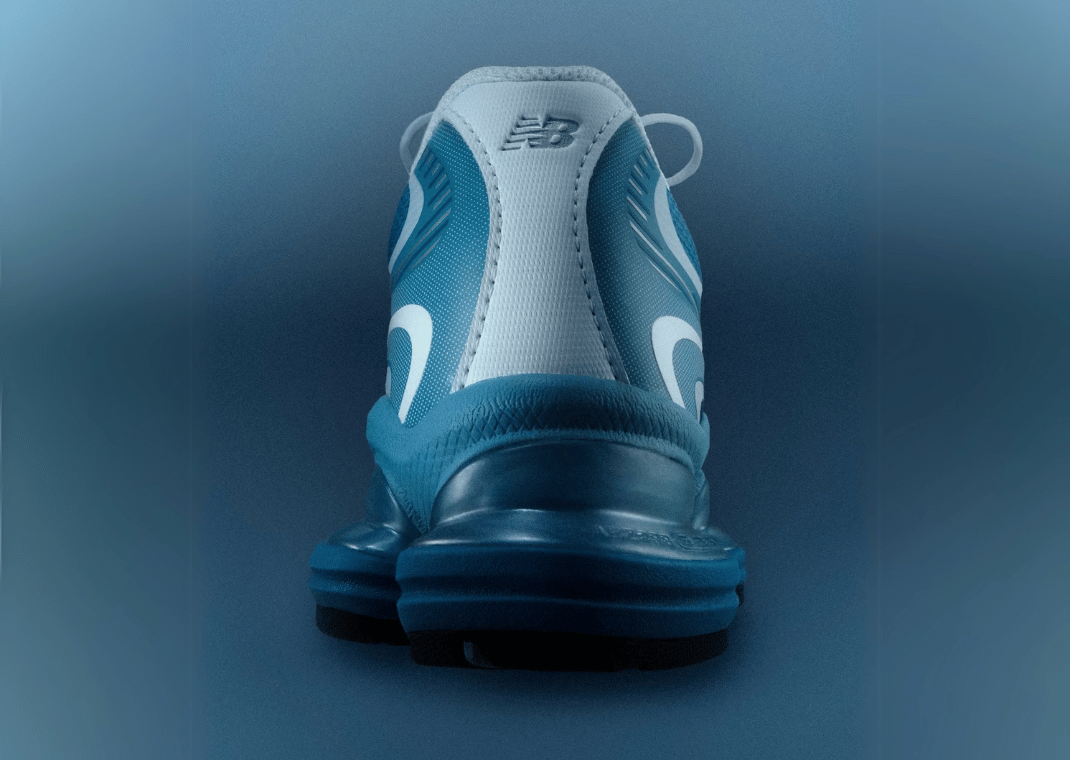
Instead of rushing into full samples, the process emphasized deep refinement. Dozens of upper iterations—many nearly indistinguishable from one another—were reviewed just to perfect the look and quality of the screen-printed overlays. On her desk, Lee keeps at least seven different 3D prints of different sole units, each capturing a slight nuance in proportion or contour.
Despite its unconventional appearance, the design also had to meet New Balance’s standards for wearability and comfort. “There’s a lot of midsole that’s been carved out there,” Lee said. “We wanted to make sure it still had a good ride and functioned properly.” That meant dialing in the weight, foam geometry, and rubber placement across multiple outsole revisions—each one inching closer to the final balance of aesthetic and performance.

The outsole, in particular, carries its own story. Designed to resemble connected biological cells, Lee wanted each tread element to feel like it served a purpose—both visually and functionally. “I wanted it to feel anatomical… like each part was touching the floor at a different stage,” she said.
“Everything’s really concave and convex, and it’s all linked together like a helix shape.” The shapes and lines throughout the outsole reflect Y2K-era design ideals—fluid, futuristic, and interconnected, like something imagined for a high-tech future.
“As a designer, you have to let go of certain things and know that it’s for the greater benefit of the project,” Lee added. “There were definitely compromises, but compromises that no one would ever know. And to be honest, I don’t even notice them anymore—they’re just part of the final design.”
A Global Stage for a New Era
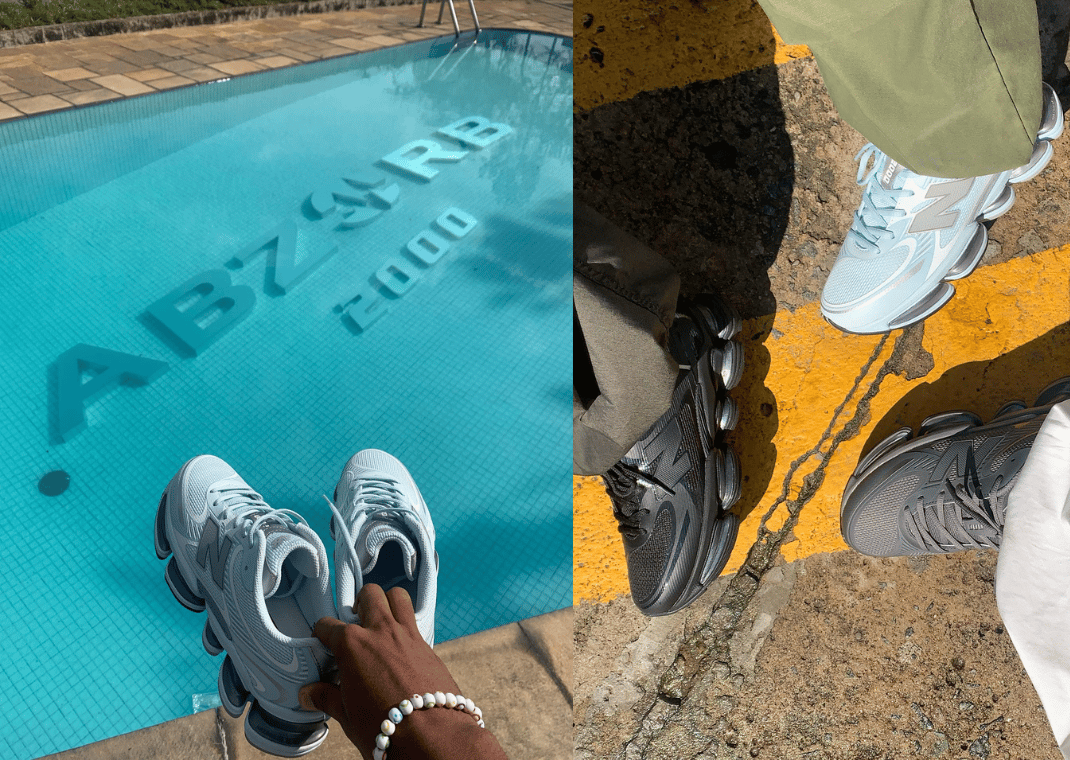
Images via Samuel Lumin
When it came time to introduce the ABZORB 2000 to the public, New Balance didn’t just post a product image or campaign photos and call it a day. The brand gave the silhouette a proper runway. First, Brazilian stylist Gustavo Soares posted on-foot images on his Instagram, but New Balance quickly followed this up with a party at retailer Slam Jam in Milan and then a pop-up in São Paulo dubbed the “ABZORB House.”
Lee attended the Milan launch, where she had the opportunity to see the sneaker not in renderings or samples, but on-foot and in conversation. “It’s really nice to celebrate with the marketing team because they’ve taken the story to new levels I could never have imagined,” she said. “Those events are a chance for me to speak with people about how they interpret the design, how they feel about New Balance, and what we can continue to evolve from here.”
For Lee, it’s also a delayed gratification moment. After 18 months of sculpting, iterating, and refining in digital solitude, seeing people react to her work in real time brings the whole process full circle. “In the moment when you finish a shoe, it actually feels like an anticlimax,” she said. “You wait six to 12 months before anyone sees it. That’s when the real celebration starts.”
The ABZORB 2000 Is a New Balance Statement Piece
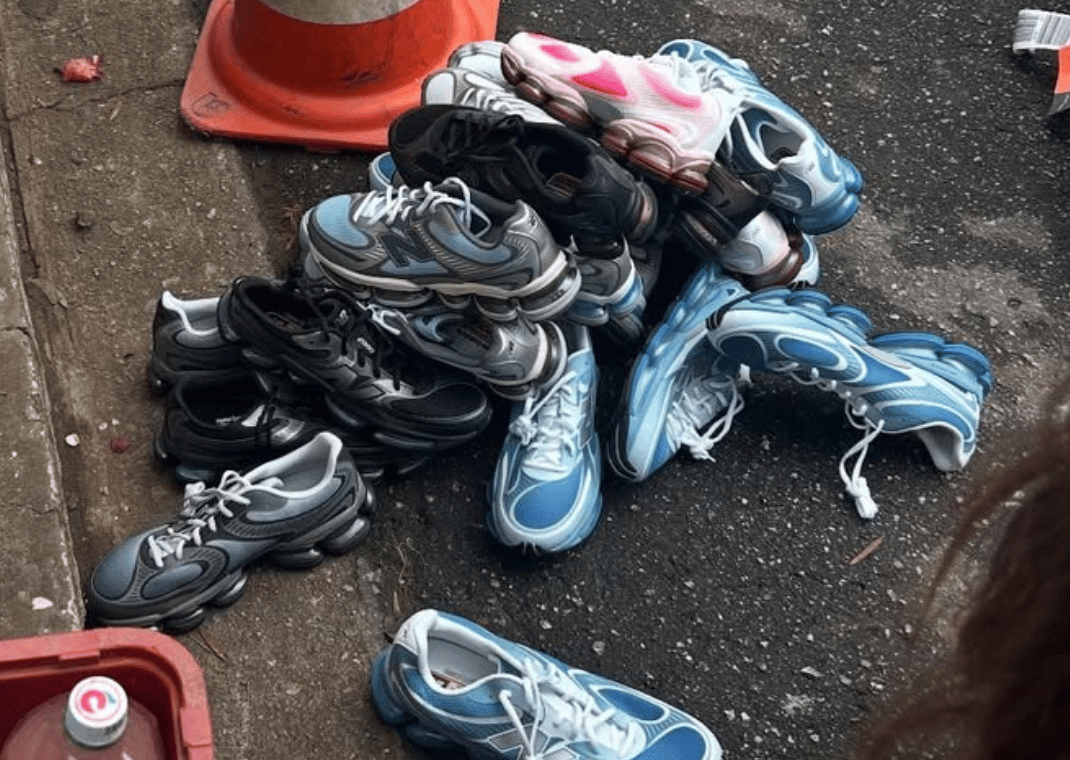
Image via Joe Connolly
In an era when many brands lean heavily on nostalgia, more specifically re-releasing out-of-circulation designs, the New Balance ABZORB 2000 makes a case for looking forward. The sneaker takes the brand’s early-2000s viz-tech language and reimagines it with modern tooling, contemporary materials, and a sculptural midsole that could only be realized with today’s design technology.
“I want people to feel the expected comfort of New Balance,” said Charlotte. “But more than anything, I want them to feel like—‘New Balance? Interesting.’”
It’s that multi-layered visual language—designed with intention, iterated with care—that elevates the ABZORB 2000 from sneaker to statement. At a time when much of the industry is looking backward, New Balance is asking a different kind of question:
What happens when you move forward from the past instead of just revisiting it?
The New Balance ABZORB 2000 will first release June 12, 2025, through New Balance and select retailers online and in-store in the Baby Blue colorway. Retail is set at $170. Expect to see a variety of colorways hit shelves throughout 2025 and into 2026. For more updates on the latest happenings in the sneaker and streetwear world, download the Sole Retriever mobile app.

Sneakerhead from South Florida who turned his passion into a career. When not writing for Sole Retriever, I enjoy attending concerts, catching the latest movies, and trying new food. Email: nick@soleretriever.com
